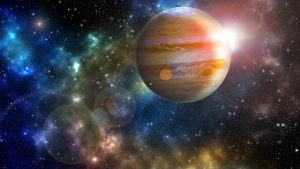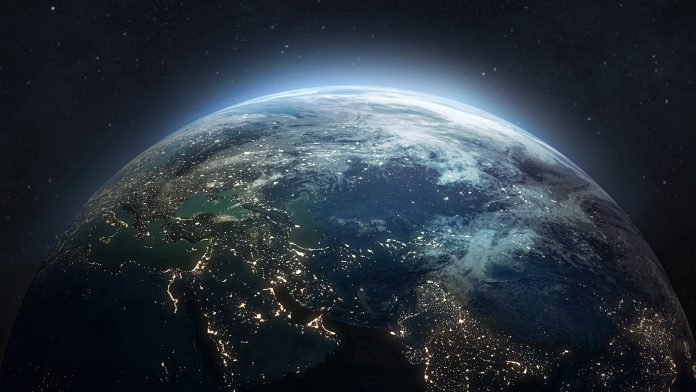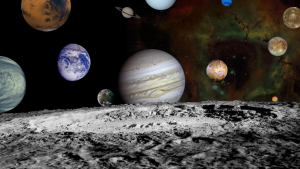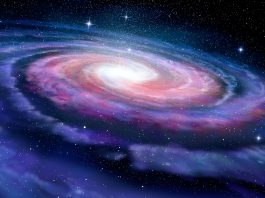An experiment conducted by the University of California, Riverside (UCR) has demonstrated the fragility of our Solar System and life on Earth.
The hypothetical existence of a terrestrial planet located between Mars and Jupiter could have the potential to push our planet out of the Solar System and eliminate life on Earth as we know it, the researchers found.
The corresponding paper, ‘The Dynamical Consequences of a Super-Earth in the Solar System,’ was published in The Planetary Science Journal and was initially undertaken to address two notable gaps in planetary science.
What did the planetary gaps reveal?
As well as the revelation detailing the vulnerability of life on Earth, the experiment also highlighted notable gaps in our planetary system. The first is the gap between the size of terrestrial and giant gas planets located in our Solar System. The largest terrestrial planet is Earth, and the smallest gas giant is Neptune, which is four times wider and 17 times more massive than Earth. There is nothing in between.
“In other star systems, many planets have masses in that gap. We call them super-Earths,” explained Stephen Kane, an astrophysicist at UCR who conducted the experiment.
The other gap is in a location relative to the Sun, between Mars and Jupiter. Kane commented: “Planetary scientists often wish there was something in between those two planets. It seems like wasted real estate.”
These gaps could offer important insights into our Solar System’s architecture and Earth’s evolution. To fill them in, Kane ran dynamic computer simulations of a planet between Mars and Jupiter with a range of different masses and then observed the effects on the orbits of all other planets.
Jupiter’s role in the stability of our Solar System
However, the results of the simulations offered insight into a much bigger issue – the vulnerability of life on Earth if this planet existed.
“This fictional planet gives a nudge to Jupiter that is just enough to destabilise everything else,” Kane said. “Despite many astronomers wishing for this extra planet, it’s a good thing we don’t have it.”

Jupiter is much larger than all the other planets combined. Its mass is 318 times that of Earth, so the gravitational influence of this gas giant is profound. If a super-Earth in our Solar System, a passing star, or any other celestial object disturbed Jupiter even slightly, all other planets would be profoundly affected, and life on Earth could be different from what we know.
The future of life on Earth
Depending on the mass and exact location of a super-Earth, its presence could ultimately eject Mercury and Venus, as well as Earth, from the Solar System. It could also destabilise the orbits of Uranus and Neptune, tossing them into outer space as well.
The super-Earth would change the shape of our planet’s orbit, making it far less habitable than it is today, if not ending life on Earth entirely.
However, based on Kane’s simulations, he noticed that if he made the planet’s mass smaller and put it directly between Mars and Jupiter, it could remain stable for a long time. Despite this, small moves in any direction would lead to a disaster and disrupt life on Earth.
The study has implications for the ability of planets in other solar systems to host life. Though Jupiter-like planets – gas giants far from their stars – are only found about 10% of the time, their presence could decide whether neighbouring Earths or super-Earths have stable orbits.
These results gave Kane a renewed respect for the delicate order that holds the planets together around the Sun. “Our Solar System is more finely tuned than I appreciated before. It all works like intricate clock gears. Throw more gears into the mix, and it all breaks,” Kane said.










